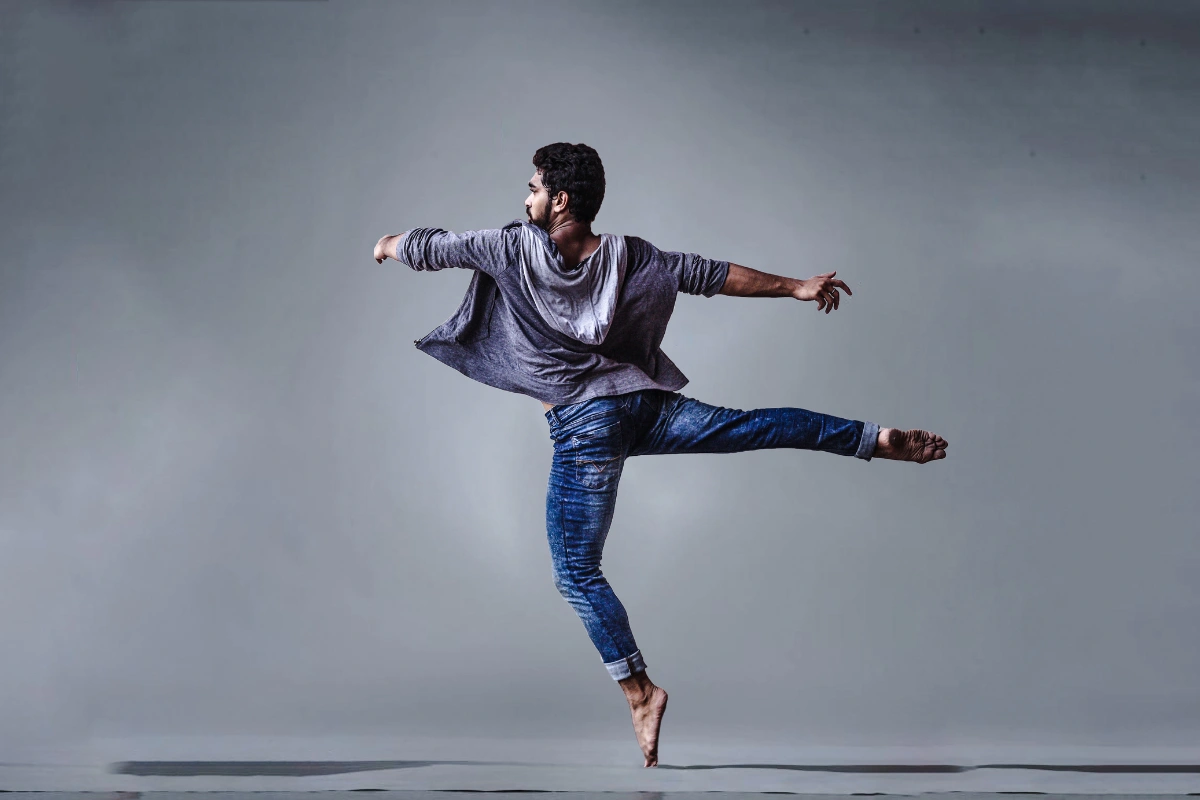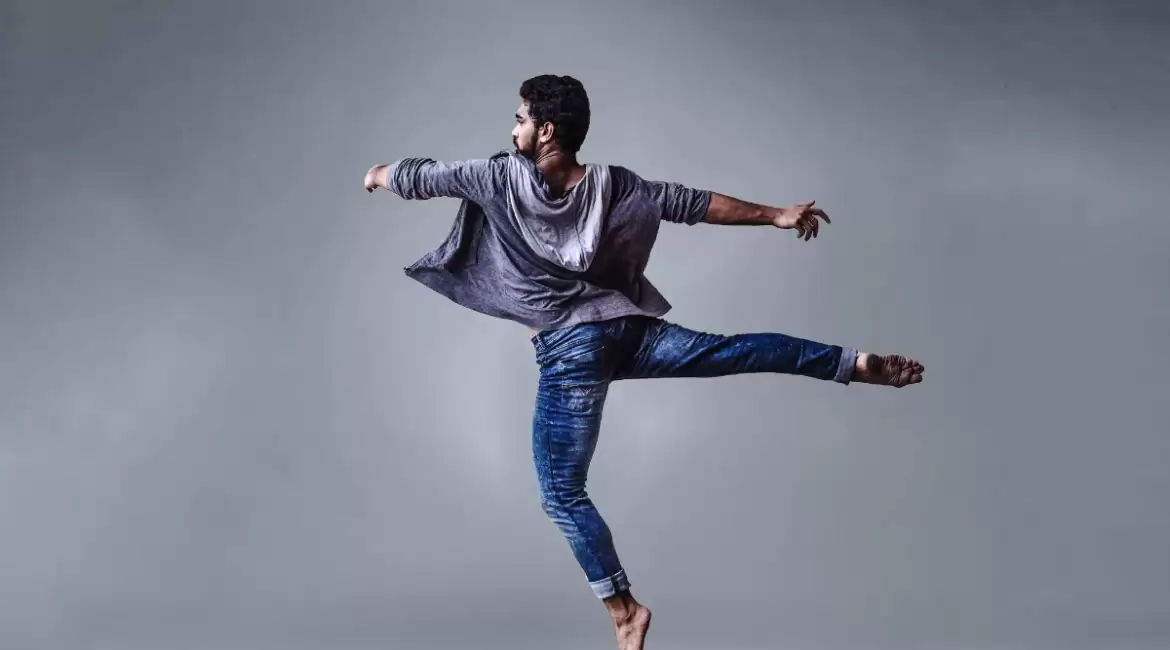Floats are a captivating and essential element of breakdancing, showcasing a dancer’s control and precision. For beginners, mastering floats might seem challenging, but with the right approach, these moves can become a vital part of your dance routine.
Floats require a balance of strength and technique, focusing on core stability and fluid motion rather than just raw power. This guide will walk you through the essential steps to performing your first float, starting with the basic turtle. By building a strong foundation, you’ll be able to incorporate floats into your sets, adding dynamic flair to your performances.
What are Floats?
Floats, as a term, do not correspond directly to a specific move in the modern context of breaking. While they are rooted in the original styles of breaking, the progression and transformation of the dance form over time have led to floats being recognized as a broader category encompassing various power moves.
Initially, the term “floats” was synonymous with a move known as the “turtle.” The turtle involves a dancer balancing their entire body weight on their elbows, which are pressed into the lower abdomen, while their legs are tucked in, creating a posture reminiscent of a turtle’s shell. Although these moves are typically seen as requiring significant strength, they actually hinge more on the dancer’s ability to maintain balance. This balance-centric approach allows dancers to execute the seemingly strenuous moves with grace and control.
As breaking has evolved, the definition of floats has expanded. They now represent a wide array of dynamic power moves that emphasize fluidity and control, staying true to their original essence while adapting to the ever-changing landscape of the dance style.

Float Variations in Breakdancing
Floats in breakdancing have evolved significantly from their original form, known as turtles, resulting in an almost infinite array of variations. Mastering the art of floats not only enhances a dancer’s repertoire but also allows for creative improvisation, ensuring that each set remains fresh and engaging in any environment.
Here are a few notable float variations:
- UFO – This variation is an evolution of the classic turtle move, retaining much of the same motion. The key difference lies in the arm positioning; in a UFO float, the arms are fully extended and locked, creating a distinctive look and feel.
- Deadman – Similar to the UFO, the deadman float involves the dancer holding their legs straight and locked together behind the body. This move is also prevalent in floor gymnastics. B-boy Junior, a renowned figure in the breakdancing community, is particularly famous for his execution of deadman floats.
- Boomerang – In this float, the dancer positions their legs in front of them, creating a V shape, while placing their hands between the thighs. The breaker then uses their hands to walk in a circular motion, creating the boomerang effect.
Learning how to breakdance naturally involves acquiring the skill to perform various floats. As dancers practice and refine their techniques, they often introduce subtle modifications, such as changing leg positions or arm placements, leading to the development of unique float variations. This continual innovation keeps the dance form dynamic and ever-evolving.
The History of the Floats Move
In the realm of breakdancing, top b-boys and b-girls incorporate various floats into their routines. These moves are considered foundational, forming a core pillar of hip-hop dance. But where did these iconic moves originate?
The original float move, known as the turtle, was among the earliest to emerge on the breakdancing scene. The creation of this move is credited to P. Man in 1979. Over time, the turtle evolved and gave rise to many variations, each adding its own flair and complexity to the dance form.
By 1981, Powerful Pexster had developed a faster, more modern version of the float. This year marks the true foundation for the types of floats we recognize today. Powerful Pexster not only popularized these moves but also mentored some of the most renowned figures in breakdancing. One notable example is “Turtle Master” Buck 4, who learned the intricacies of these moves under Powerful Pexster’s guidance.
Interestingly, while P. Man introduced the turtle to breakdancing, evidence suggests that similar moves were performed in Northern Nigeria as early as 1956. Most historians, however, view this as a coincidence, believing that floats in breakdancing were inspired by gymnastics skills, such as the Russian Wendeswings, which bear a striking resemblance to the deadman float.

As breakdancing continued to evolve, so did the variations of floats. One significant development was the “walks” float class, created by b-boy Handyman in the early 1980s. Unlike the conventional float, these moves demand significantly more strength and utilize a different technique, showcasing the diversity and innovation within the breakdancing community.
Today, floats remain an essential element of breakdancing, continually inspiring dancers to push the boundaries of creativity and athleticism.
How to Do Floats for Beginners
Every b-boy and b-girl should learn power moves to add dynamism and flair to their sets, but where should you begin?
The key to longevity in breaking is to start small and avoid overstretching yourself initially, as this can lead to injury. Although novices may perceive floats as an exercise in strength, the true secret lies in mastering the technique.
Much like developing the 14 styles of footwork or learning how to windmill, mastering the foundations of floats requires a focus on basic techniques rather than trying to add flair at this early stage. Here’s what you need to know about performing your first float, starting with a basic turtle.
Step One – Get Into the Handstand
The handstand is the foundational starting point for any float. If you haven’t mastered it yet, consider taking courses to learn the technique. The focus here is not on strength but on balancing and effectively shifting your body weight.
- Position Yourself: Begin by squatting down and placing your hands on the ground in front of you. Ensure that your fingers are spread wide and use them to “grip” the floor, creating a stable base.
- Align Your Body: Your arms should be straight, with your shoulders positioned directly above your wrists. This alignment is crucial for maintaining balance.
- Push Off: Use your legs to push yourself into the air. This should be a controlled movement aimed at achieving balance on your hands.
- Find Your Balance: As you push off, focus on finding your balance. Engage your core muscles and use your hands and fingers to make small adjustments to maintain stability.
- Practice: Achieving a solid handstand takes practice. Work on holding the position for longer periods as you get more comfortable with balancing on your hands.
Step Two – Pull Your Legs In
Once you are balanced on your hands with your legs extended behind you, the next step is to form the turtle shell by lowering your legs and bringing them towards your elbows. This is a crucial aspect of the float known as the “stab,” where your elbows support your weight by pressing into the sides of your abdomen.
- Lower Your Legs: Gradually lower your legs towards your elbows. The closer you can bring them, the better, but don’t worry if you can’t go all the way at first. Flexibility will improve with practice.
- Find the Right Position: Your elbows should be firmly planted into your lower abdomen, providing a stable base to support your weight.

Step Three – Establish Your Leg Position
With your elbows supporting your weight, practice adjusting your leg position. Try extending your legs outward or experimenting with one-legged variations. This exploration helps build control and stability, forming the basis for more advanced moves.
Step Four – Incorporate Motion
Begin to incorporate motion by practicing moving your hands in a clockwise or counter-clockwise circle. This involves moving one hand to the left or right, followed by the other. The goal is to maintain balance throughout the motion. Use your legs to push and create momentum, aiding in the circular movement.
- Hand Movement: Start by moving one hand slightly to the side, then follow with the other hand. This gradual shift helps maintain balance.
- Use Your Legs: Utilize your legs to push and generate momentum, assisting in the circular motion. Focus on keeping your balance and making smooth transitions.
By following these steps, you’ll gradually develop the strength, balance, and technique needed to master the basic turtle float. As you become more comfortable, you can experiment with different variations and incorporate these foundational moves into your breakdancing sets.
Summary
Floats are a fundamental and visually striking element of breakdancing, emphasizing balance, core stability, and fluid motion. For beginners, mastering floats involves focusing on technique rather than just strength. This guide provides essential steps to perform your first float, starting with the basic turtle. By building a strong foundation, you can incorporate floats into your dance routines, adding dynamic flair and control to your performances.


Leave a reply